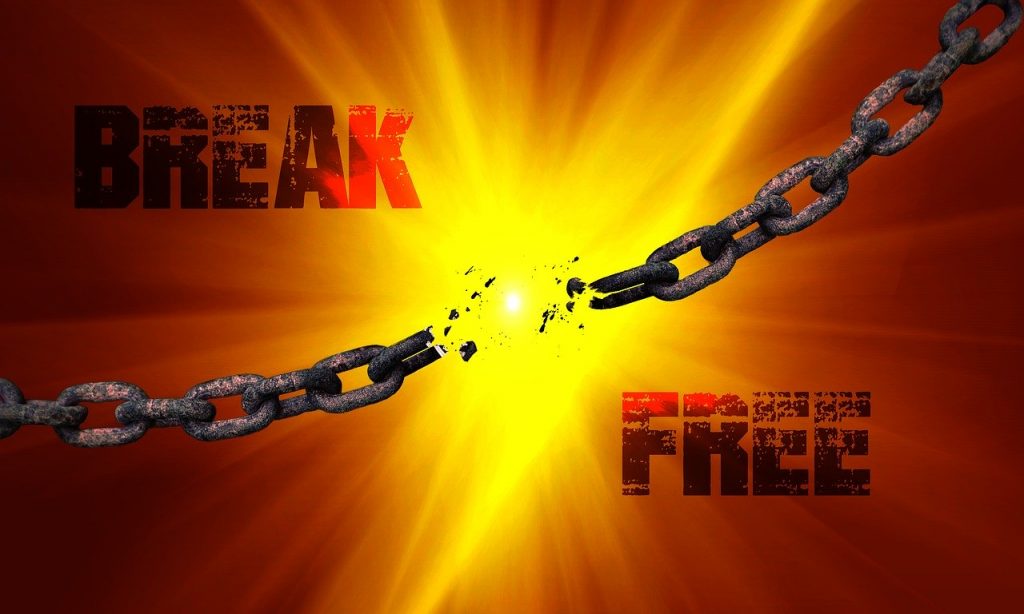Whether you’re a landlord or a tenant, the specifics of your lease are there to protect you, therefore it’s essential to recognise what a break clause is and just how it might be used – if you need to.
If a break clause is added to a lease, it means that either party – landlord or tenant – can end the lease early should they wish to. It might be that a tenant wants to renegotiate their lease and they use the break clause to do it, or it could be that the landlord isn’t happy with the tenant (perhaps due to complaints or late payments) and decides it’s easier to break the lease than continue with it.

The Lettings Industry
With more emphasis being put on helping people to buy property, the letting market isn’t what it used to be, and landlords are often feeling progressively anxious. When this is in addition to tenants feeling the touch of difficult economic problems, it’s not surprising the break clause has been invoked a lot more recently.
Remember that even with a break clause, there might be conditions that either party has to go through before they can be successful in breaking the lease without penalty.
Serving The Break Clause
All clauses will vary, and if you want to use yours, you will need to establish exactly how the notice should be served. Check the lease and, if you have one, check with your letting agent – getting this right will avoid any nasty confrontations and it will save you money too because if you break the lease in the wrong way, you could be liable for the rent that’s due.
It’s wise for landlords to check in with their tenants on a regular basis. After all, knowing that there’s a problem and pre-emtping any request to leave can put you in a stronger position to either agree to new terms or fix the issues and stick with the original price or other terms.

When To Deliver The Break Clause
The choice of when you should use the break clause is going to depend on several variables. This might be after a particular time period has elapsed and there might be specified dates when it is able to take place. It’s crucial that this is completely crystal clear in the conditions of the lease.
Tenants must understand the dates specified in the clause and also aim to discuss the options no less than a year prior to the notice period commences. If you’re uncertain of the dates on the break clause, you need to find clarification. Don’t do anything at the last second, as any plans you make might fall apart if the break clause isn’t what you thought it was or can’t be used for some reason.
As a landlord, a greater connection with the tenant is going to allow you to foresee whether a rent increase will mean they invoke the break clause, and therefore provides the opportunity to decide whether to invoke the increase. This can be a big reason why many tenants decide to leave.
The Problems Of A Break Clause
All tenants should make sure to pay any outstanding bills and rent up to the break clause. If anything is left outstanding, they might find it is taken out of their deposit, and that can lead to issues if they were expecting to use that money for something else. Remember, just because you decide to invoke the clause, that doesn’t mean your responsibilities are ended.